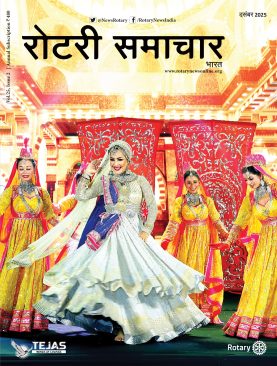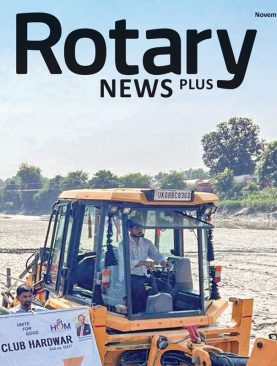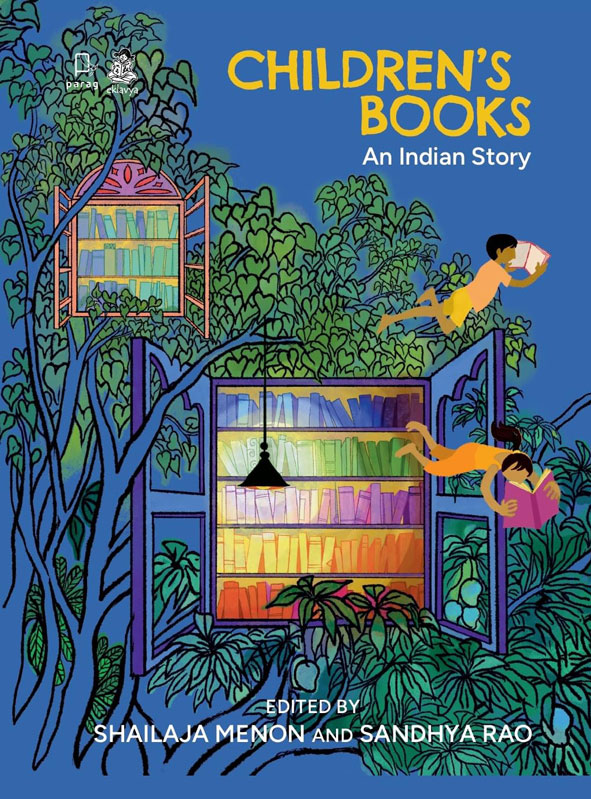Children’s Books: An Indian Story is a treasure for those interested in Indian literature, whether total immersion or a toehold; whether writers, readers, teachers, editors or publishers. It’s an erudite perspective on aspects of our kidlit (children’s literature), which is attracting more and more attention because of its interesting history, our super-multi-cultural people and layered social issues. An awesome task, achieved with excellence by two doyens in this arena, Shailaja Menon and Sandhya Rao. The range and breadth of the subject require minds that are both learned and creative, both characteristics of Shailaja and Sandhya’s characters and works.
The introduction is a masterful packaging of the history of our children’s literature, with useful information, such as Bengali contribution to kidlit: over 5,000 books and 133 periodicals were published from 1818–1962! In the last three decades there has been a rising flood of children’s books, including those with strong ‘moral’ guidelines (what Perry Nodelman called ‘the hidden adult’). This was the ubiquitous Indian ‘story book’ we were gifted as children. We knew that somewhere or other, the ‘rule’ would pop up! How surprised we were when, one Christmas, Robin Hood and Will Scarlet arrived; not telling us to be good children who listened to their parents, or refrain from telling lies.
The introduction lists a few things the book is not; one is caste: “Caste plays a huge role in access to books and literature, to representation in them, and to inclusion in the community of individuals responsible for the creation and distribution of books… …this volume has not done justice to a serious examination of this issue.” An important statement that highlights Shailaja and Sandhya’s commitment to this pivotal issue.
The four section titles summarise the overall landscape of the book: Understanding the Terrain: Children’s Literature in India; The Moving Landscape: Looking at Books; Uneven Ground: Issues in Children’s Literature; and You Sow: Using Books with Children. Nicely done. This breakup indicates the book’s relevance for readers and writers in the many categories mentioned earlier. This book is immensely readable. I shy away from academic stuff, with its solemnity and scary sentences. This book has a rare tone, a result of choosing writers like Jerry Pinto, Tultul Biswas, Manjula Padmanabhan… they’ve shown it’s possible to be well-informed and learned with a generous touch.
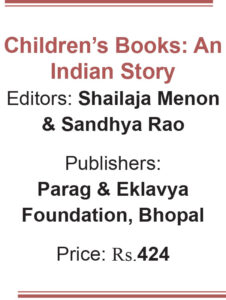
Sandhya’s own story and challenges as an editor showcases her cheery narrative style, with useful pointers for editors. “Imagine going over the same text at various stages— raw manuscript, first edit, second edit, final edit, first proofs, corrected proofs—and then notice a silly typo in the printed book. This is a nightmare, hence the routine. Polish, correct, tweak, proofread.” Similarly, Shailaja’s suggestions on how to use children’s books in a classroom come from years of hands-on experience and thought.
Children’s literature has become a much-bandied term in our academic circles, the media and classrooms. I’d like to stress its importance for writers, both aspiring and perspiring. We struggle to write meaningfully about people and events in one of the most complicated human spaces in the world, and more than knowing the ‘facts’, it’s important to understand issues like perspective and bias. The book will help us to do this. One personal takeaway included a whack on the head (I’ve had many) for the ending of Kali and the Rat Snake, and I’ll be thinking about it for a long time. Another was Arunava Sinha’s thoughts on whether children are more alike than adults, or as different as their older versions. An important point of debate because many of us writers, consciously and not, tend to assume that they are.
As my hair gets greyer, I receive an increasing number of manuscripts to read from the aspiring brigade, and apart from comments related to their work I recommend a list of books including Strunk and White’s The Elements of Style. Children’s Books has been added to this list, and I know that they will not regret acquiring it. It gave me a lot to think about as a writer and educator, and I’ll be dipping into it again and again, highlighter in hand.
The reviewer is an acclaimed children’s book writer and a naturalist.
